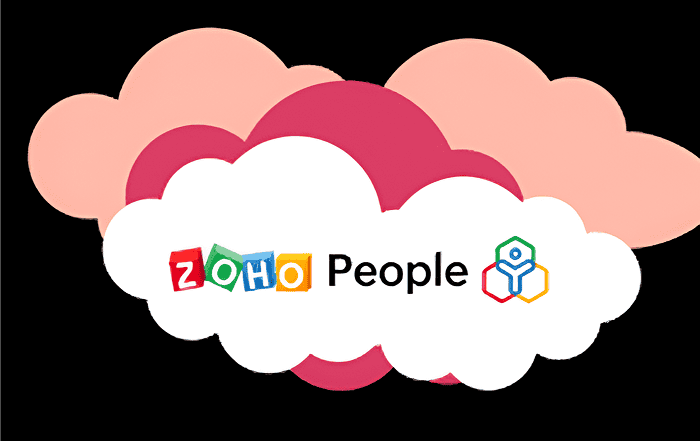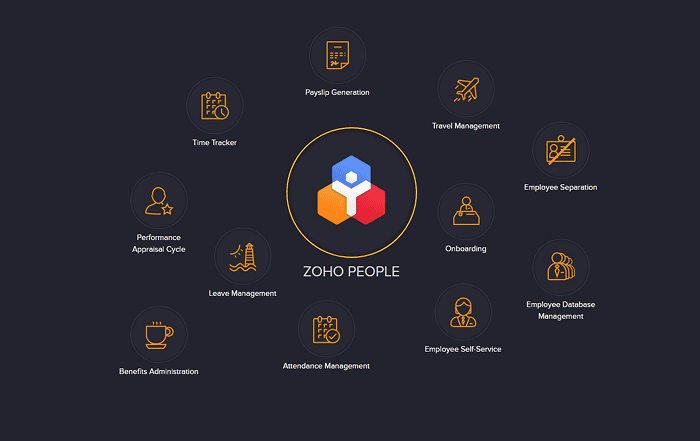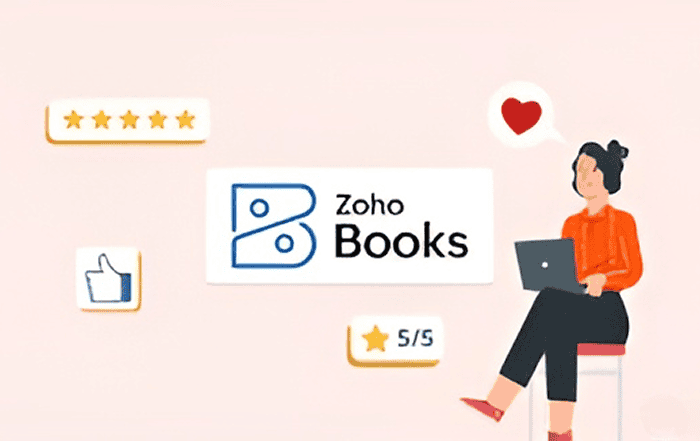
Strong demand for capital and stricter lending conditions from traditional lenders are some of the factors that might be behind the growth of alternative debt. It seems both consumers and businesses are looking beyond conventional products to source financing.
This is combined with borrowers who are increasingly internet savvy along with big data and technologies enabling innovative digital solutions. What’s certain is more non-bank options are now available for borrowers, giving them more choice and opportunity to access capital. Two of the most popular forms of alternative lending are peer-to-peer (P2P) and crowdfunding. So what are they and which one might be the best solution for you?
Crowdfunding vs P2P lending
Both crowdfunding and P2P lending have become popular ways for consumers and organizations to access financing. Although both comprise loans from other people as opposed to from banks, the two are distinct in significant ways. Crowdfunding involves raising money from a group of people.
Typically they give you or your business money in exchange for a service or product, which can range from subscriptions and content to merchandise. Backers can be compensated with shares in the company or just recognition. Popular platforms like Kickstarter, Patreon, and GoFundMe have facilitated what are probably millions of initiatives.
Peer-to-peer, on the other hand, offers cash from individual investors, who are connected to borrowers via a third-party platform. The platform typically pools funds from large groups of investors to make the loans. So rather than borrowing from a bank or credit union, individuals and businesses can secure loans or lines of credit from private individuals. In return, the funders or investors can receive attractive returns, at times more stable than shares. Usually, the two sides won’t interact directly, and debtors-to-be will apply, receive funding, and make repayments (including interest and fees) completely through the middleman platform. The platform itself assesses and approves your application.
The right option
The two types of solutions offer their own advantages. Ultimate which one is more appropriate for you depends on what you’re trying to achieve and your individual circumstances. Peer-to-peer could be a great option for you if you’re finding traditional borrowing a challenge.
This option is associated with more flexible criteria, including credit history and revenue standards. In addition, they tend to offer lower interest rates than other alternative options like payday and online-only short-term financing. It can have a faster turnaround time than crowdfunded campaigns, so you can access money more quickly as long as you’re approved. However, platforms operating in this space can have widely varying criteria, so check and compare before deciding.
Except in the case of debt-based fundraising, a crowdfunded project usually means no loan repayments since the agreement usually gives the funders specified compensation in exchange for their cash. The arrangement is even more flexible because funders can give you as much or as little as they’d like. Anyone can make a contribution, and in the process, you can generate excitement, publicity, and interest for your project, product launch, or startup company.
Note, however, if the terms involve equity in the business for funds, then extra laws will apply. Also, the promised funds are usually only transferred to you when you reach your fundraising goal, so you might receive nothing if you end up raising only a part of your target amount. As such, this type of fund-gathering option is sometimes referred to as an all-or-nothing model.
Putting it altogether
A crowdfunding initiative usually means no repayments and no credit or revenue criteria. You can set a goal and exceed it while promoting your new product, service, or company. Longer time frames and more uncertainty might make it a poor choice depending on your priorities.
P2P, on the other hand, could give you more certainty and lower interest rates than mainstream debt, but you need to fulfill eligibility criteria and pay fees and interest. Both options have their own advantages, and if you don’t succeed with one of them, there’s no reason why you can’t try the other one. It’s a good idea to get professional advice, including legal guidance, if you have any concerns.







